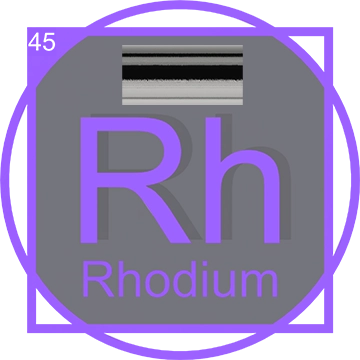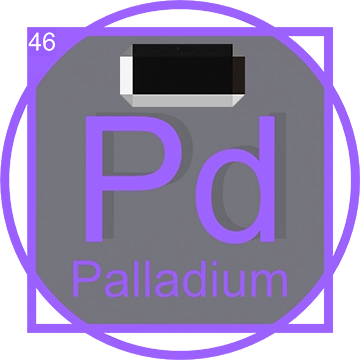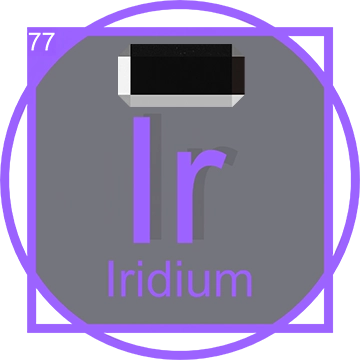Rhodium (Rh): Exploration of Its Unique Properties and Technological Applications
Introduction
Rhodium is a rare, silver-white hard metal and a member of the platinum group metals (PGMs) that features exceptional resistance to corrosion and oxidation. This article explores the discovery, characteristics, and wide range of applications of Rhodium, highlighting its significance in modern technology and industry.
Discovery of Rhodium

Rhodium was discovered in 1803 by William Hyde Wollaston, shortly after he discovered palladium. He found rhodium in platinum ore that he dissolved in aqua regia (a mixture of hydrochloric and nitric acid) and then neutralized with sodium hydroxide before isolating rhodium by the precipitation with zinc. Named after the Greek word 'rhodon', meaning rose, due to the rose-red color of its salts, rhodium was first introduced to the world through Wollaston's ingenious method of isolation.
Rhodium in the Periodic Table
In the periodic table, Rhodium holds the atomic number 45 and is part of the group 9 elements. It lies between ruthenium and palladium and is often found in platinum or nickel ores. Learn more about Rhodium and its position in the periodic table.
Physical and Chemical Properties of Pure Rhodium
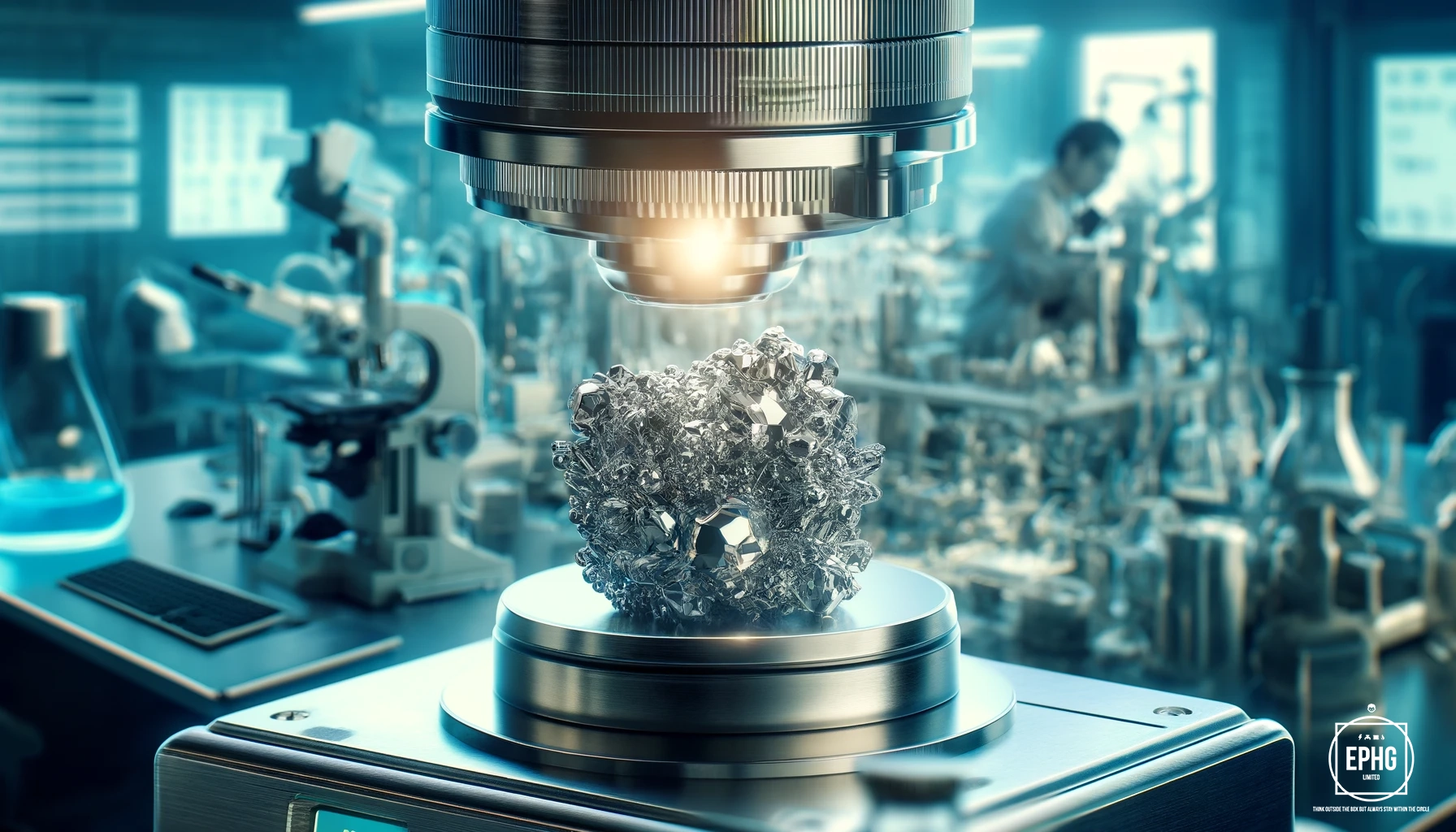
Pure Rhodium is distinguished by its high reflectivity, extraordinary resistance to corrosion, and excellent catalytic properties. As one of the metals in the platinum group with the highest melting point and lowest density, Pure Rhodium is not only valuable but also irreplaceable in many of its industrial applications. These unique characteristics underline the critical role Pure Rhodium plays across various sectors, further establishing its significance in the scientific and industrial communities.
Applications in Technology and Industry
Automotive Industry
One of the primary uses of Rhodium is in the automotive industry, where it is utilized in catalytic converters to reduce harmful emissions. Rhodium is extremely effective in converting nitrogen oxides in exhaust gases into nitrogen and oxygen.
Jewelry and Decorative Uses

Due to its luster and resistance to tarnishing, Rhodium is also used for plating jewelry and other decorative objects. Rhodium plating enhances the durability and appearance of white gold and silver jewelry.
Chemical Industry
In the chemical industry, Rhodium is used as a catalyst in several processes, including the production of acetic acid and the hydrogenation of certain organic compounds. Its efficiency in these roles often surpasses that of other metals.
Electronics and Electrical Industry
Rhodium finds applications in the electronics industry due to its low electrical resistance and high corrosion resistance. It is used in high-temperature electrical contacts and thermocouples.
Production and Sourcing of Rhodium
Rhodium is primarily produced as a byproduct of nickel and platinum mining. The major source of Rhodium is the Bushveld Complex in South Africa, which is also one of the largest platinum-producing areas in the world. Other significant sources include the Sudbury Basin in Canada and the Norilsk Complex in Russia.
During the processing of nickel and platinum ores, Rhodium is extracted alongside other platinum group metals (PGMs) such as platinum, palladium, and iridium. These metals often occur together in nature, forming a complex mix that requires sophisticated metallurgical processes to separate and purify.
One mine you can visit that holds the resource Rhodium is the Unki mine in the Midlands of Zimbabwe.
Current Uses of Rhodium
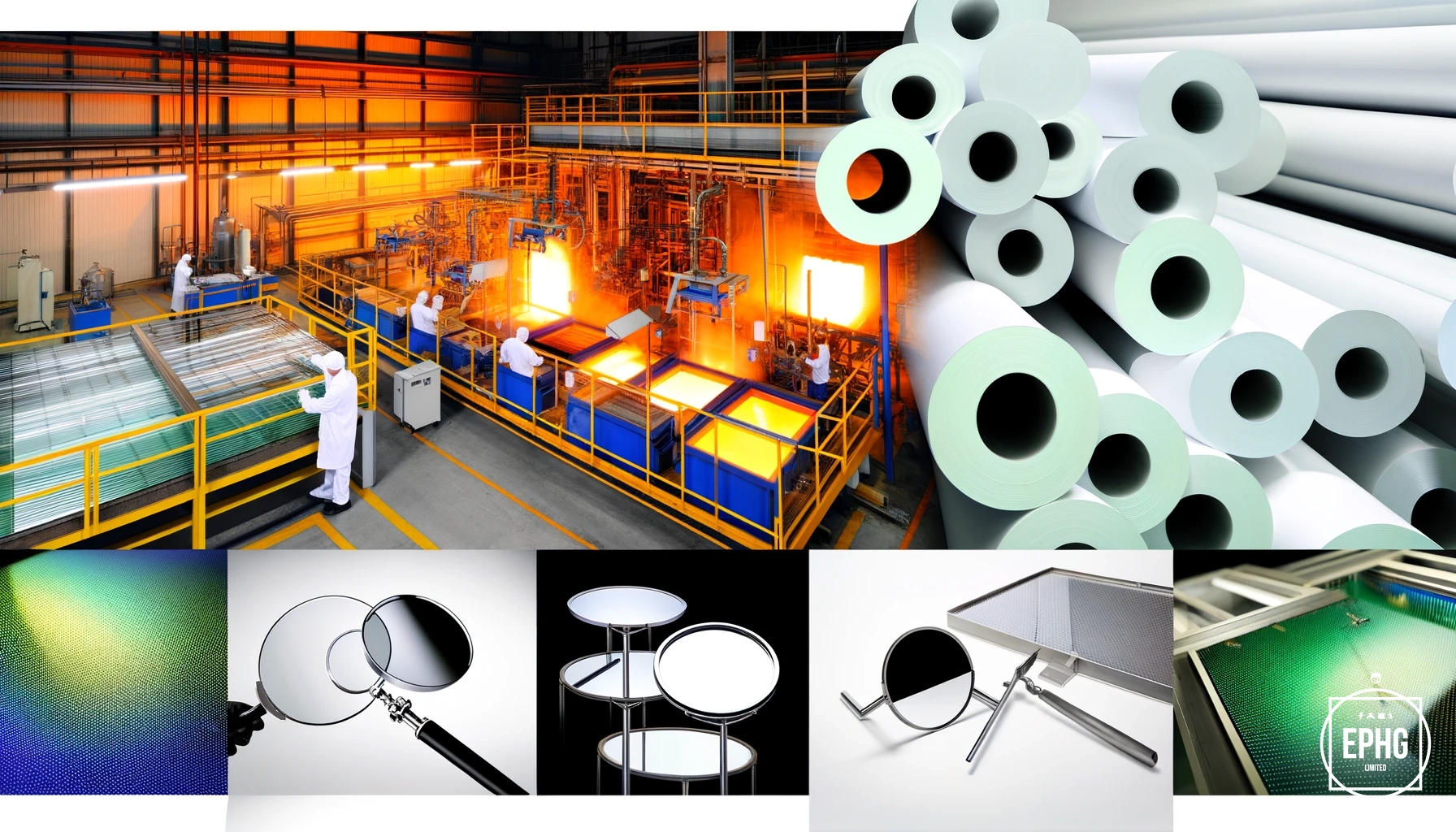
In today's market, Rhodium is highly valued for its use in the automotive industry as a key component in catalytic converters, which help reduce harmful emissions. It is also used in the glassmaking industry to produce flat glass for windows and fiberglass. Additionally, Rhodium's reflective properties make it ideal for use in mirrors and optical instruments.
Moreover, Rhodium serves an important role in the chemical industry as a catalyst in various chemical reactions, including the production of nitric acid and hydrogenation processes.
Future Prospects in Rhodium

The future of Rhodium looks promising with potential applications expanding into various cutting-edge technologies. In addition to its potential role as a catalyst for splitting hydrogen gas in hydrogen fuel cell technology, Rhodium could significantly influence the development of advanced architectural materials. As demonstrated in futuristic constructions like the glass house equipped with high-tech mirrors and digital supercomputers, Rhodium-coated glass panels could enhance both the aesthetic and functional aspects of modern living spaces. These applications could play a crucial role in the development of clean, renewable energy sources and smart living environments, reflecting Rhodium's versatility and importance in future technological advancements.
